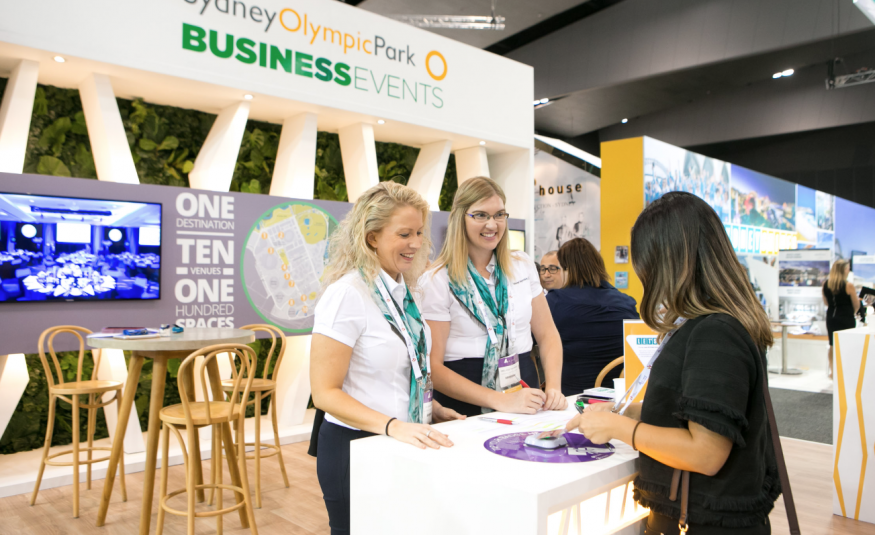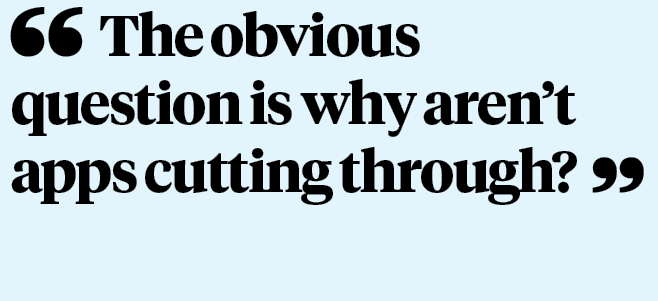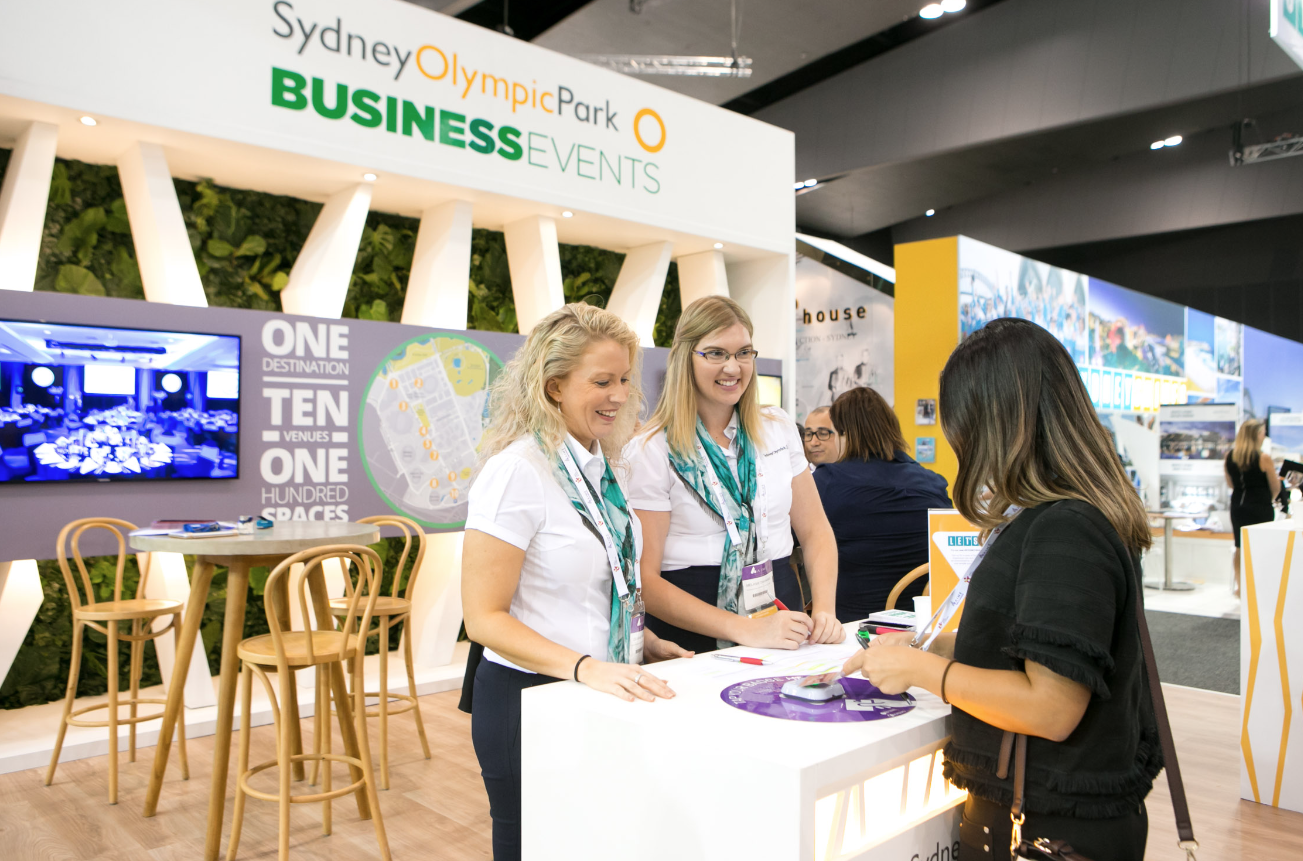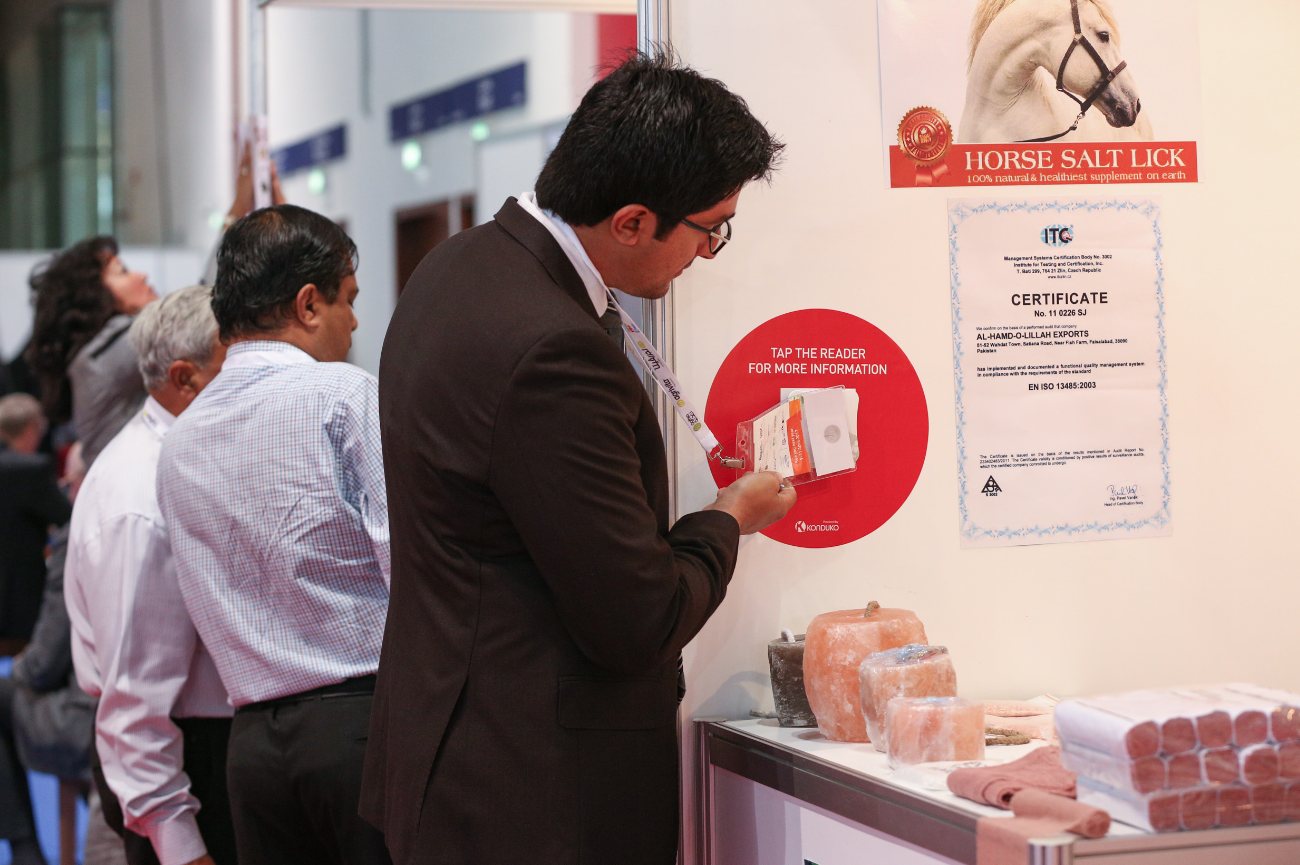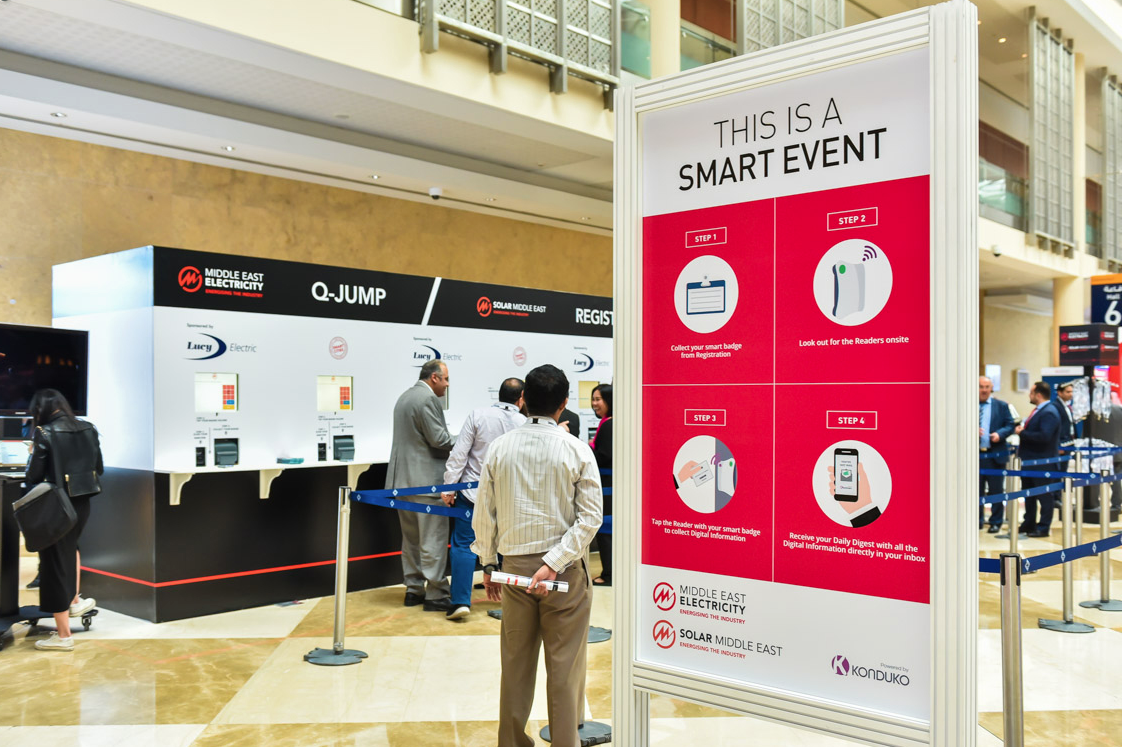Matthew Harris, CEO at Konduko on the difficult questions concerning modern apps
One of my favourite places to be is on the floor of a busy trade event, watching the way visitors and exhibitors interact.
There are those visitors that have done their homework and know exactly who they want to see, maintaining an impressive calendar of appointments and meetings; everything planned to the last detail.
These are the people using event apps to help them navigate the space, using their time most efficiently. They’re probably no more than 15-20 per cent of show visitors, but they are known as the dedicated ‘shoppers’.
The rest are there to browse. They wander the halls taking in the sights, soaking up new information, ready to be enticed by something that fires their imagination. Then they make their approach, gaining the attention of stand personnel, or grabbing some materials in the (often vain) hope that they’ll read it later and send a follow up email to the company.
This 80/20 rule is the underlying psychology of almost every trade show I’ve attended. Over and over again, regardless of the type and size of the event, the geographical location, or cultural backdrop, trade show visitors behave in this generally understood way: 20 per cent well organised and purposeful, 80 per cent browsing, and open to what I call ‘impulse shopping’.
There are many observable parallels with the retail sector and the psychology of impulse buying, but that’s a subject for another time.
With such readily recognised behaviour you’d think the industry would invest in technology focused on the 80 per cent: That is, helping the visitor access the information they really want as soon as they see something they like, while making sure the exhibitor has captured a digital record of the interaction.
However, there remains a disconnect between how the majority of visitors behave and the technology used to capture that behaviour.
Badge scanners can be intrusive and many visitors do everything they can to avoid being ‘zapped’ – since they know they’re going to be spammed with follow up emails after the show just because they happened to wander absent-mindedly onto a booth. For the visitor this is a major negative of the trade show experience, and for exhibitors it’s a frustration when they realise most of the lead data collected is unqualified.
Event apps offer a next-level experience. The visitor downloads the app and puts themselves in control of where they go, who they meet, and how they want to capture and store details of their event experience.
The best apps offer beautiful UI, smart functionality like meeting scheduling, messaging other participants, saving travel itineraries, and pushing reminders and news from the show floor in real time. They streamline information exchange, improve visitor experience, before and during the event, and even introduce fun elements like rewards, matchmaking, or delegate discovery.
The problem is, at least for now, that visitors aren’t using apps at a scale that makes the investment worthwhile. Event app companies publish selective case studies claiming download rates of 50-60 per cent and 40 per cent actual usage – but this is extremely rarefied air for the industry. Privately, these developers admit that adoption is more like 10-25 per cent, and even Guidebook – one of the leaders in the space – admits that rate is not satisfactory.
So, the obvious question is why aren’t apps cutting through? We’ve all got smartphones, what’s standing in the way of event app adoption? The answer lies in another observable rule of human psychology: we’re creatures of habit.
Take the way we use smartphones for instance. When smartphones first became a thing, it was common for people to have hundreds of apps downloaded to their phone. Today the global average of actively used apps is 26, of which the bulk of our time (84 per cent according to Nielsen) is spent with just five. In other words, we have each determined that most of what we need from our app-connected world can be accessed with just a handful of icons on our smartphone. This might sound a little ridiculous, but we’ve reached that point as connected citizens where adding a new app to our information ecosystems is a big commitment.
Another observable behaviour is that we don’t want to work to get what we want. Seeing something at a trade show that requires us to pull out our phone, open the app, snap a QR code or write some notes – it’s just too much effort. This helps explain the huge delta between the number of apps downloaded and those that are actually used.
So, if apps aren’t getting cut through, how to reach the other 80 per cent of impulse shoppers at a trade show? The answer is to find a technological tool that helps visitors remain impulsive and in control, feels natural and easy to use, and frictionlessly captures data for exhibitors to act on later.
Proximity technologies, using NFC and RFID transmitters, might be the way forward. At a ‘smart event’ every visitor to the show is equipped with the same technology: a smart badge – able to communicate with smart readers placed on exhibitors’ stands. Touch the badge against the reader and an exchange takes place: the visitors details are sent to the exhibitor and in return the exhibitor’s information is sent to the visitor. It’s all done digitally, so there’s no need for printing brochures and everything is securely transmitted to the cloud for later follow up and CRM integration.
The beauty of proximity technologies for trade events is that everyone is on the same page – every visitor has the power to connect hanging around their neck. And better yet, they are in control of who they connect with.
The whole motion of tapping your badge when you see something you like fits perfectly with the impulse nature of the way most trade event visitors behave. It’s probably why we consistently see north of 80 per cent of trade show visitors using their badge to connect with exhibitors at the smart events we deliver.
Quick, frictionless, and capable of 100 per cent adoption; that’s how you build a solution for the masses. It’s why we believe that event organisers need to invest in event technology that’s matched to event psychology and appeals to impulse shopping behaviour.
For visitors that want to engage further event apps are a great complement, but probably not the primary solution if widespread engagement is your goal. And let’s face it, visitor engagement is critical if events are to remain relevant and successful in today’s digital age. EW

